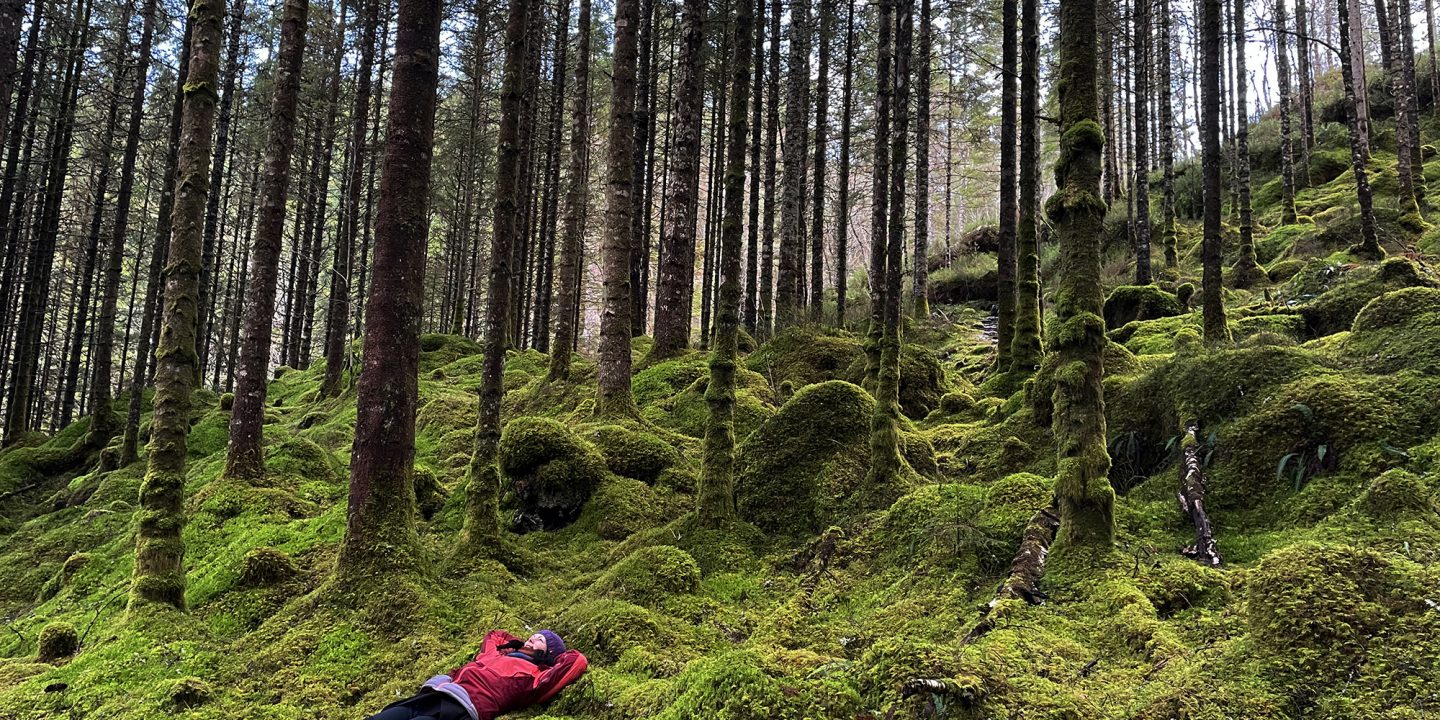
Tourist idleness is a temporary detachment from the structured and busy everyday life, and engagement in entirely unstructured holiday activities, which enable the sense of freedom, creativity and self-fulfillment.
We, modern western urbanites, live in a busy world, characterised by the digitalisation and acceleration in the pace of life. People have become ever more dependent on digital devices, and our constant connectivity resulted in us seldom finding time to switch off or disengage from work. Instead, we use our leisure time to maintain being busy: we either work, or think about work. Digital technologies do not only increase the pace and intensity of work but also allow the boundaries of the working week to expand. Things have got even worse during the COVID-19 pandemic. Social distancing has yielded new concepts of working which have led to the blurring of the boundaries between home and work environments, leading to de facto ‘living at work’. There are many cases where this has resulted in digital distress and consequently exacerbated various mental and physical health issues.
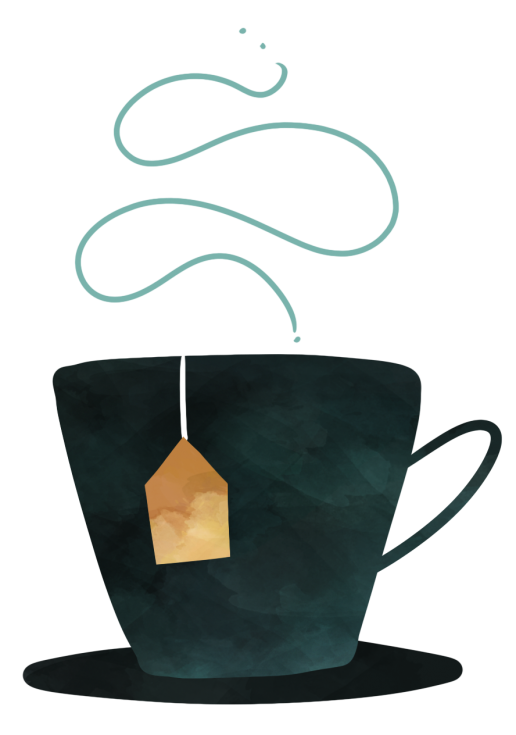
In recent years, nature has been increasingly ‘prescribed’, with blue and green spaces becoming arenas for tourists’ recreation, recuperation and rejuvenation after long periods of social isolation. Safety, slowing down and peace of mind have become priorities in the face of COVID-19 pandemic. Tourism researchers and planners alike have placed ever more emphasis on the development of tourism programmes aimed at the enhancement of people’s health and prevention of illbeing. Some of the examples of this trend can be seen in forest bathing, digital detox or slow adventures, all being tourist activities undertaken in natural or rural areas.
We follow this ‘slow trend’ by arguing that tourist connectivity, over-activity and hecticness should be un-mobilised in favour of mobilising idleness as part of a tourist journey. Although in our society, idleness is presented as a wrong enterprise, which is also very difficult to realise, we saw much potential in this ‘practice’. We suggest that embracing idleness not only as a necessity and crucial part of our everyday life, but also as a way of holidaying, can bring multiple positive benefits. Our aim, however, is not to counter the busyness and eventfulness of tourism, but to pave new avenues for understanding and thinking about idleness as an equally creative, rewarding, rejuvenating and fulfilling holiday pursuit, which can, in its own way, greatly enhance people’s quality of life, and teach us that life can be lived differently.
Embrace slothfulness.
In joining the debates on the future of tourism, we essentially explore what may encourage tourist idleness and how engaging in seeming ‘non-events’ can positively affect us emotionally, existentially and psychologically. We found inspiration in Löfgren and Ehn’s (2010) work. The authors sought to redefine the act of doing nothing by explaining that structured and routinised practices, which restrict idleness, greatly diminish people’s innate potential for improvisation, flexibility, spontaneity or creativity. We therefore explore idleness through the Ciceronian otium/negotium dialectic. We celebrate the idea of otium (slow, unproductive yet fulfilling leisure time) and argue for creating places of otium in nature-based tourism scenarios. Unlearning busyness and learning how to (even temporarily) do nothing should therefore become priority in achieving wellbeing, purpose and meaning in high-speed societies that we have created for ourselves.
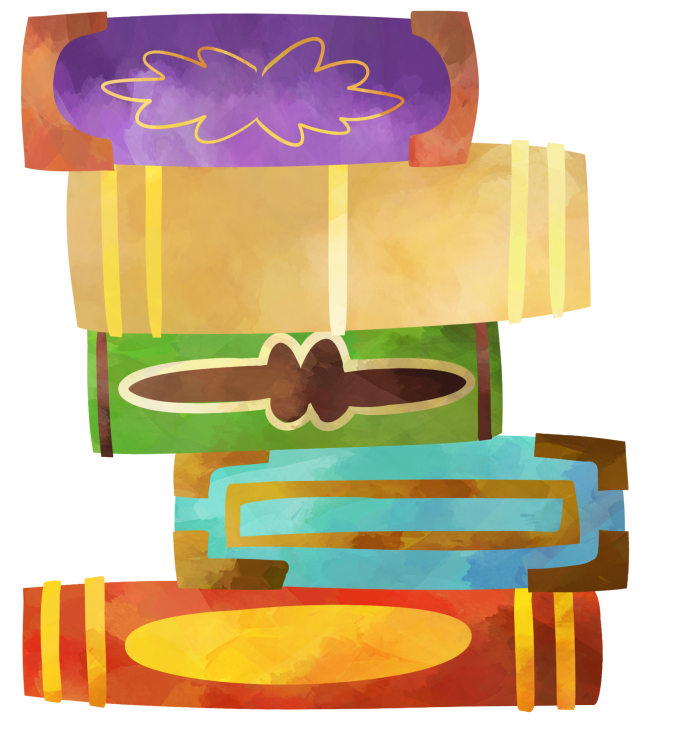
What does it mean to be idle on holiday?
We conceptualise tourist idleness as a temporary detachment from the structured and busy everyday life, and engagement in entirely unstructured holiday activities. To this end, we argue for tourists’ being. When we travel, we should allow ourselves to do nothing in abundance, strictly programmed or physically demanding. Instead, we should minimise the bodily movements as a way of recharging and re-energising the body. While doing nothing, tourists should let go of the guilt for not producing or measuring the success of the day by the achievement of economic goals. A new measuring system is to be put in place. Rather than counting the number of museums visited or photos taken and shared on social media, tourists should try to count the number of times we have seen a new species of bird, count the number of sheep in a herd, pages of the book we read, breaths we took while traversing the field, or smiled about nothing.
Doing nothing is hard work whatsoever. People normally find the first few days of vacation difficult to decompress and let go of work, checking emails or social media, and keeping up with the busy tempo of life. We have trouble breaking up with the quotidian routines, however, if we create space for idleness, we could gradually shift our attention towards the enjoyment and pleasure of being entirely unproductive and, dare we say, productively bored and lazy. The idle tourism product is premised on so called passive activity or active non-action, and could potentially create possibilities for hitherto unknown experiences for the modern-day Homo Faber (person that produces); whether they are urban dwellers, millennials or any other time-deprived market segment.
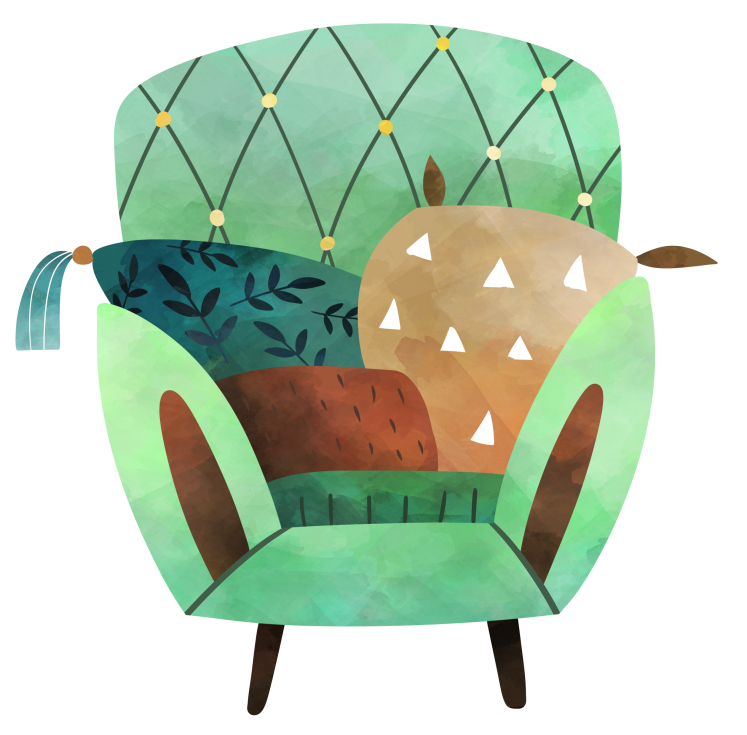
How do we sell ‘nothing’ in tourism?
Local destination management organisations and national tourism boards can offer novel ways of being on holiday. We suggest that the existing activity portfolio of nature-based destinations in particular could be expanded to also include idleness as an equally meaningful and restorative tourist activity. It is, however, distinct from other recreational, organised or expert-led outdoor activities, such as hiking, kayaking, rafting, cycling or mountain biking. It is entirely unstructured, unguided and requires minimal physical effort and independence from schedules, bookings, itineraries or chronological time.
Nothing is the new something!
Tourists should be encouraged to do whatever they want and in whichever order they want. Whilst reclining in sofas in front of the fireplace in a rural lodge, or reading a book in deckchair or swaying in hammock, while sipping mulled wine or munching on homemade cheese, tourists may let their minds wander and observe the dynamics of the natural world around them. Bodily stillness can be further encouraged by creative activities such as writing prose or poetry, finding contemplative sit spots, cooking foraged food, drawing or knitting.
Tourists should follow the circadian clock, which means that the timing of biology is something that should be measured and managed. Aligning our inner clocks with the natural, cyclical shifts of dark and light may positively impact our wellbeing. Learning how to detach from flickering screens in the evenings (Netflix, online games or social media at bedtime) in favour of enjoying the moonlight or flickering light of the campfire at dusk while chatting away with sojourners, may be deeply fulfilling and restoring.
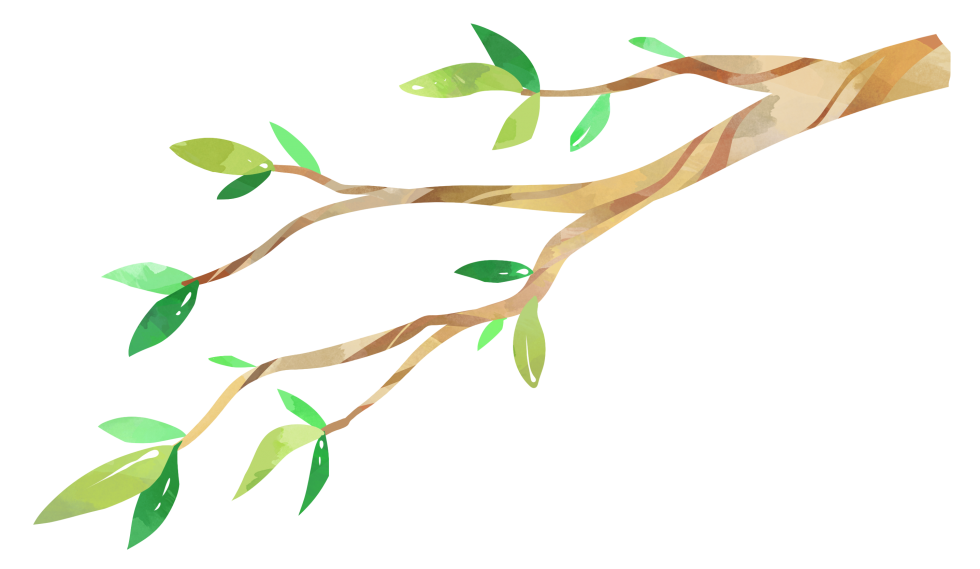
Doing nothing on holiday may have positive effects not only on our physical, mental and emotional wellbeing, but also on determining our personal and social worlds. To embrace idleness means to enable the mind to do what it wants and attune to the simplicity of being – a conscious act of living that inspires creativity and imagination. Succour can be found in a simplified way of living, often afforded by natural and rural areas, away from the world of busy humans concerned with technologies, prestige, status or business attire. Freedom, happiness, creativity, meaningfulness and prosperity may come from doing less, not more, both in life and on holidays.
Cite this article:
Farkić, J., Isailović, G. & Lesjak, M. (forthcoming). Conceptualising tourist idleness and creating places of otium in nature-based tourism. Academica Turistica.

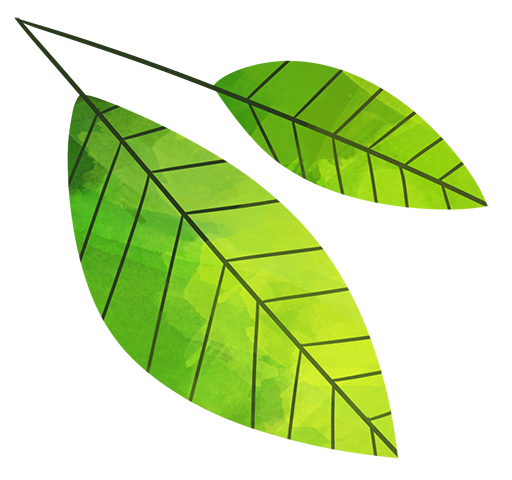
No Comments